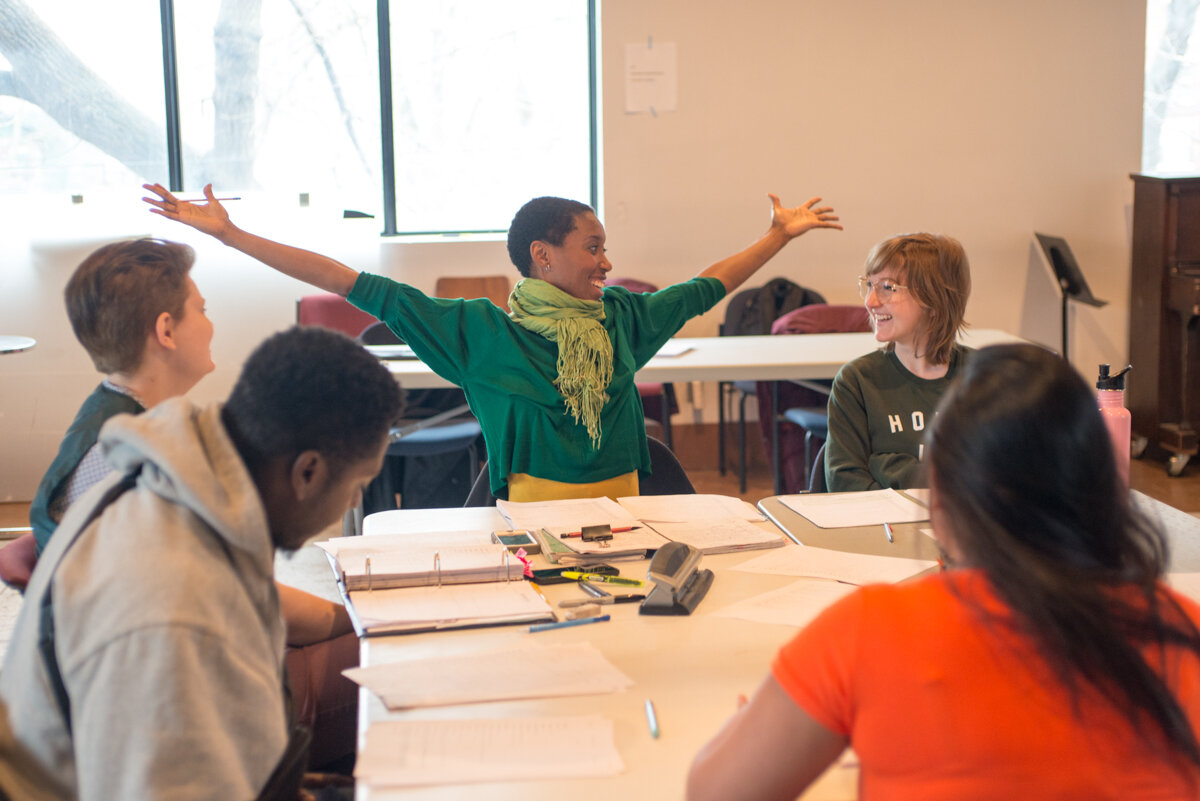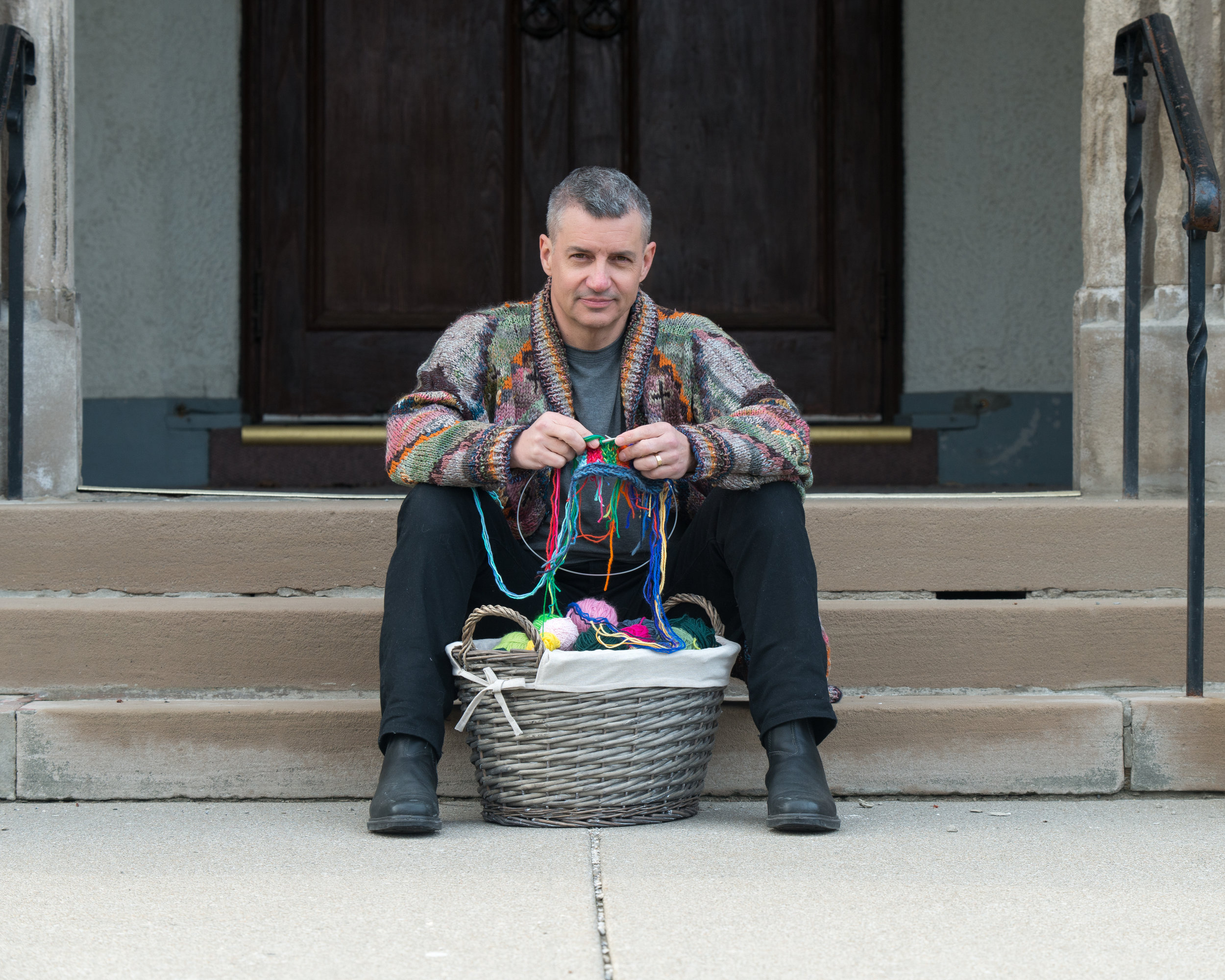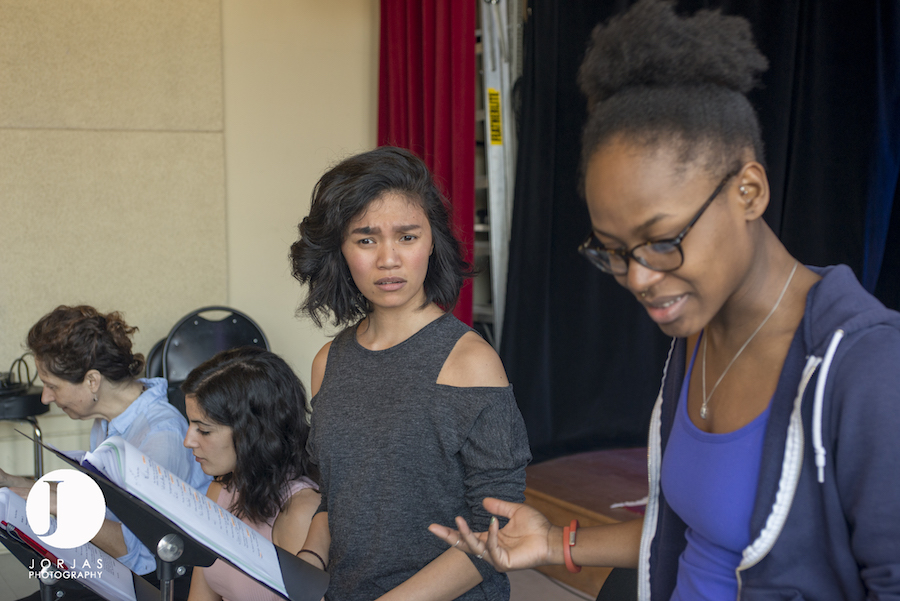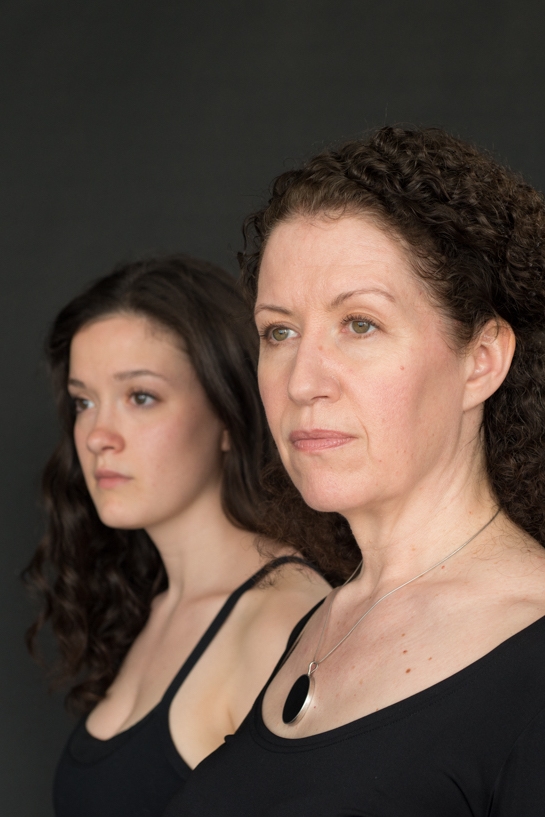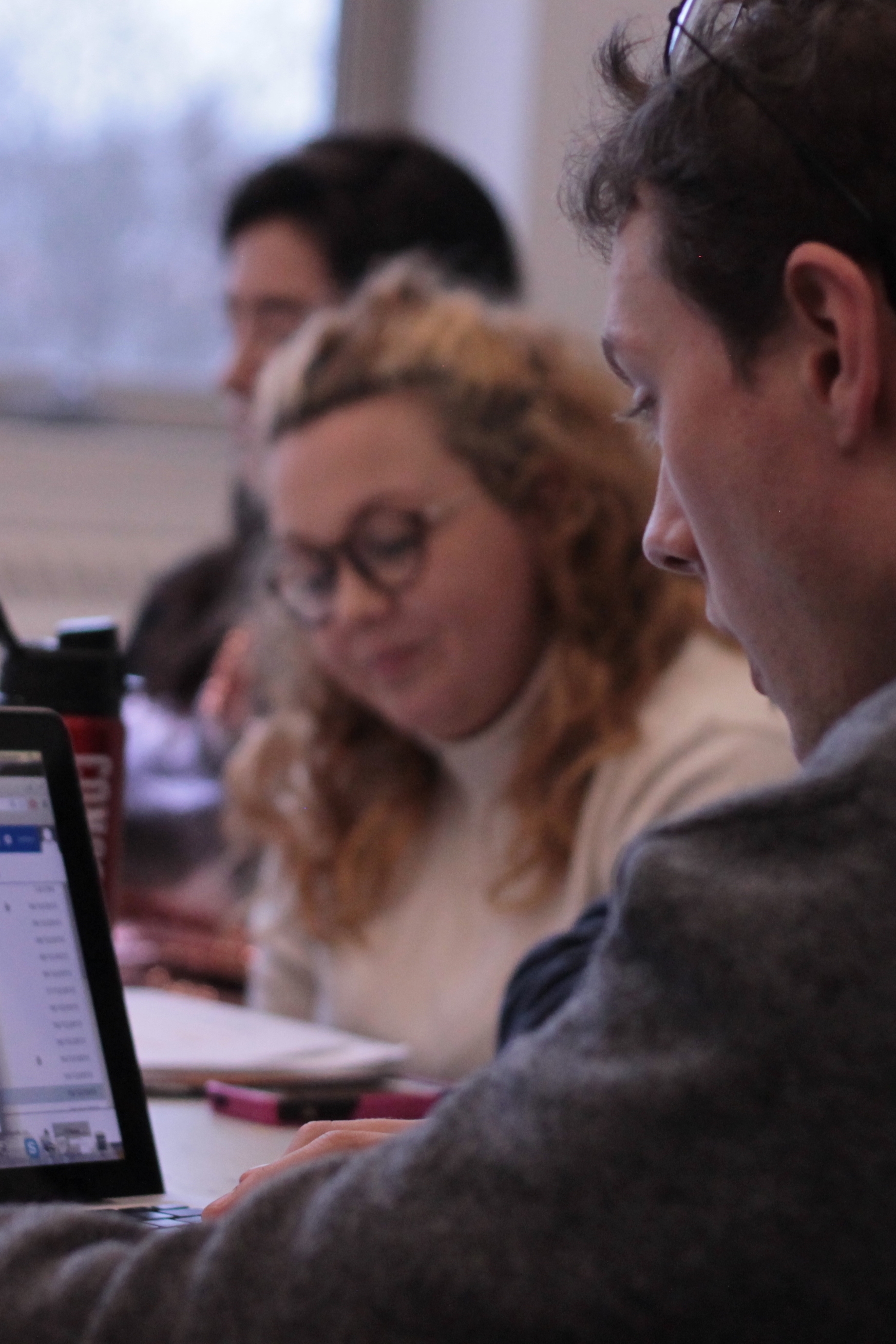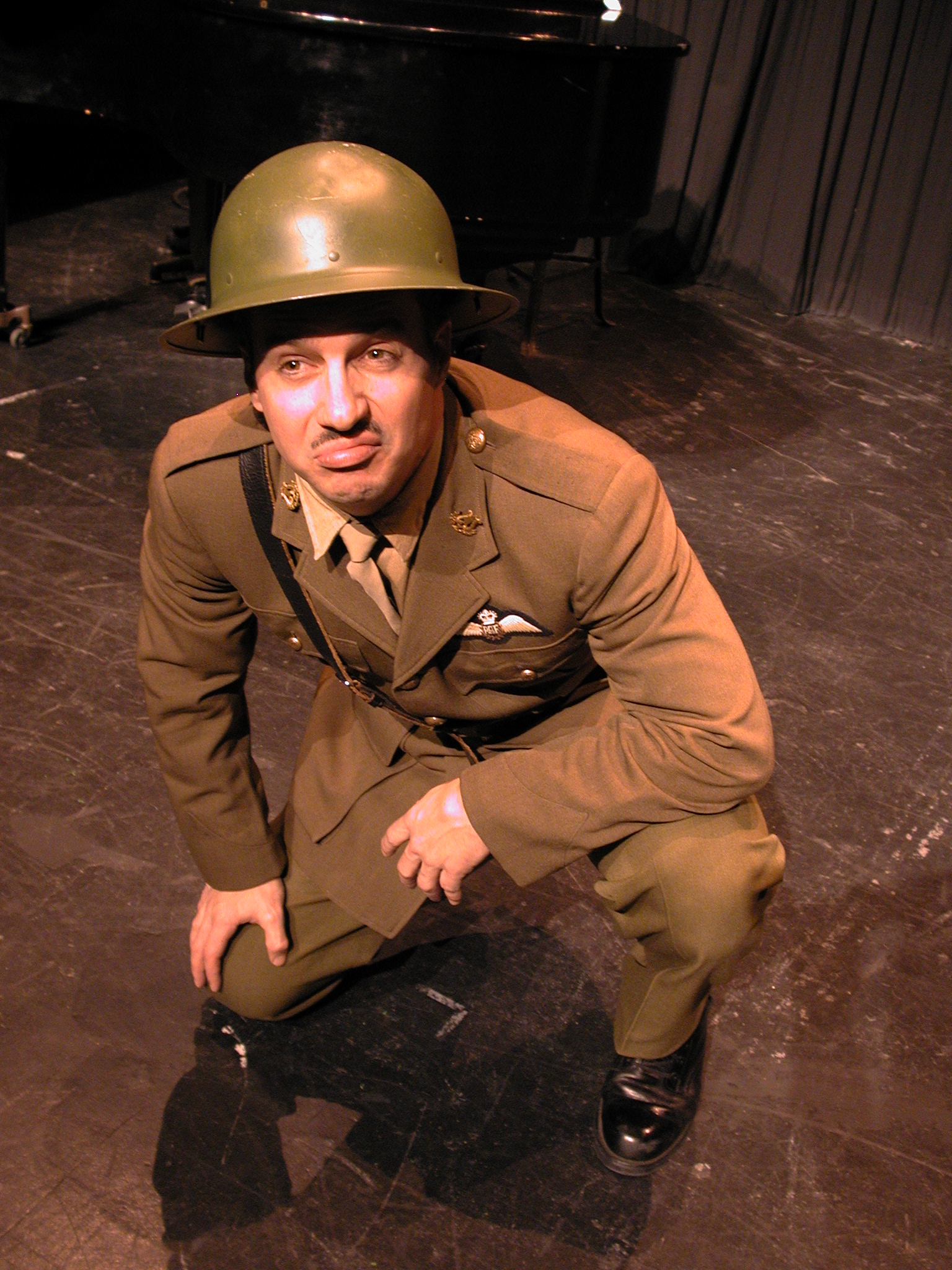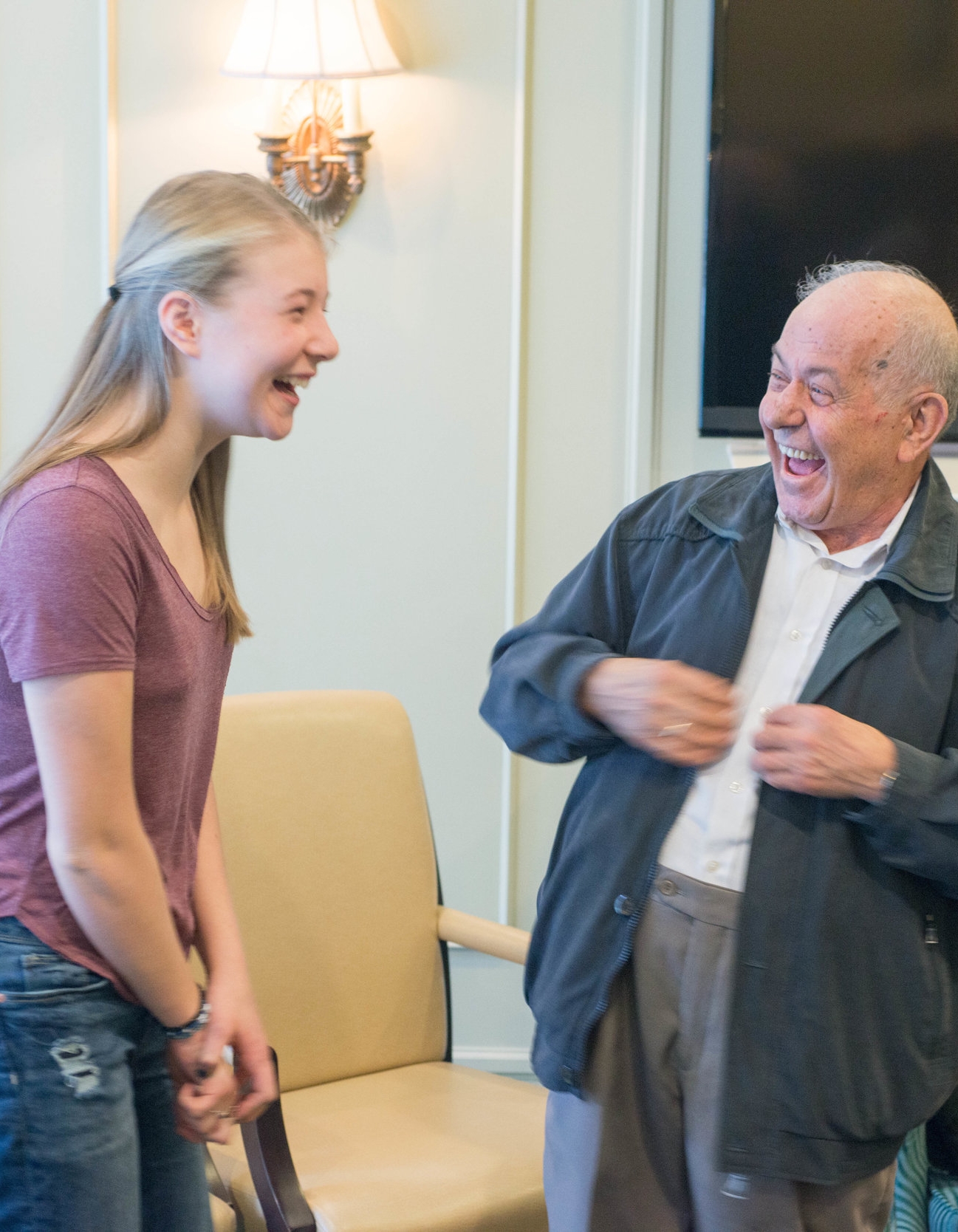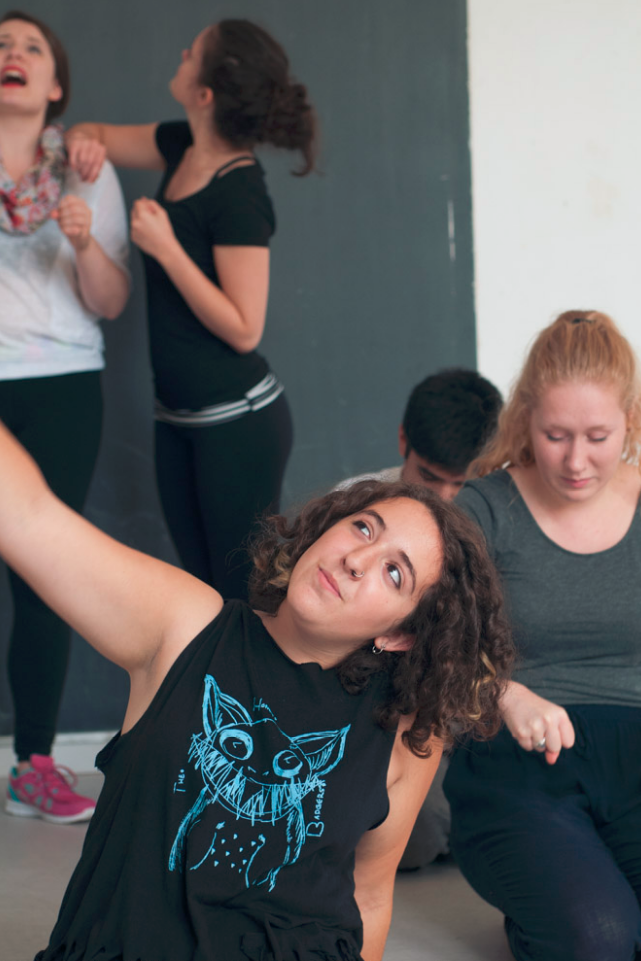The Perils and Pleasures of Adaptation
Ergo Arts has come on board to help writer Claire Ross Dunn with her stage adaptation of Thomas Hardy’s The Mayor of Casterbridge. We asked Claire to write about the development process.
Claire: Thomas Hardy’s The Mayor of Casterbridge, I think, was the first book I truly loved. Well, that’s not exactly true. There were several books I read and re-read as a young kid, obviously, but other than Nine Stories and Franny and Zooey by J. D. Salinger, which I read and re-read, The Mayor of Casterbridge was my first head-over-heels teen love affair with a book. I couldn’t get enough of the emotional twists and turns; it was certainly the first period book (it was written in 1886) that had me finishing one chapter and then diving into the next, like a good old melodrama should. It wasn’t until 35 years later that I understood that Hardy wrote it as a magazine serial (while trying to earn a living as a poet, I believe) – so he wrote it in installments, with a hook at the end of each section, to ensure readers would buy the next issue.
So the book has always been on my creative bucket list for some sort of project – but what? And I finally thought, why not write an adaptation of it for the theatre – go back to my roots? It’s a good time to do it: this coming April, 2017, it will be exactly 30 years since I graduated from the Theatre Program at York University.
I started working on The Mayor of Casterbridge adaptation in December, 2016. I found it on my bookshelf, dusted it off, and brought it with me on our Christmas vacation. It was the same copy I’d read out loud to my husband as we drove in our third-hand Tercel in the 90s: I kept it in the door pocket, passenger side, and whenever we would drive somewhere, I’d read him a few pages. And it was the same copy I’d read in Grade 12 English class, when I was first assigned the book. There were still the notes I’d made in the margin as a 16 year-old. The cover had ripped off, the pages were yellow and brittle, and yet I couldn’t bring myself to buy a new copy. So now I carry the book in a Ziplock bag. It works.
Adapting a play from a novel has been very fulfilling. And, apparently, it’s also been a massive job. Just synopsizing the book took a month or two. Then, turning that synopsis into an outline took another couple of months. Then going from outline to treatment: A month or two more. And then fleshing out those scenes with dialogue, polishing, reworking, and seeking advice from those I trust most, to share their feedback in a safe, unjudgy way so I’d avoid writerly depression and the need to lie on the couch for a very long time.
A year later, with the true first draft of the play done (which is really the tenth internal draft, natch), Anna Pappas and Ergo Arts Theatre have offered to help me take it to the stage. Now, at the beginning of that process, I’m assessing what I love and hate about the draft so far.
Here are the things that I think are working:
The themes. If you look hard at the book in the plastic bag in the photo, you can see my writing on the first page: “character is fate, p185.” This is a central theme in the book and the play; who you are, your personality traits, and the choices you make as a manifestation of your inner self, become your fate – your outer self. The relationship between these two – character and fate – is inescapable. For me, the book is, fundamentally, about the power of negative thought. But there are other themes in which I’m interested, too, like women’s emancipation during the Victorian era, represented by the three significant women in the life of our lead, Michael Henchard: Susan, Lucetta and Elizabeth-Jane. The impact of self-worth: whether we feel we have meaning in this life based on our name and status in society, or our simple, small, everyday deeds. And the impact of fate: yes, character is fate, but the things that happen outside of our control must still be reckoned with, and they will change the course of our lives.
The romance. No matter how tragic a tale it is, there are delightful, romantic moments of lightness between lovers.
The three-dimensional anti-hero. We feel for Michael Henchard. We tsk-tsk his foibles and emotionally miserly ways, his meanness, jealousy and ambition. And yet, we feel for him. We identify with many of his ‘inside thoughts’ as thoughts we have had ourselves. And even though he meets a sad fate in the end, he did so with love in his heart. “I was not in my senses,” he says, “and a man’s senses are himself.” For all that we can say about Henchard, he wore his emotions on his sleeve, and I think the audience will connect with him.
The story. Gosh darn it, apparently that Thomas Hardy can write. So I have no doubts about the story at all.
Here are the things that I think are not yet great about the script:
How much story there is. What fits into a 417-page doesn’t necessarily fit into a 2.5-hour play. But because of the way in which Hardy wrote the book – with twists and turns at the end of every chapter, every few pages, really – it’s very hard to pull it back. Condensing story has its side effects, too: overly condensed, and the story can feel melodramatic and characters’ motivations can seem forced. So I’m working on that.
How many sets there are. This is likely a hangover from both the book, which is set throughout the town Casterbridge, from Henchard’s swanky digs in Corn Street, to the dubious, vice-filled streets of Mixen Lane (“the hiding-place of those who were in distress, and in debt, and trouble of every kind”). My desire to see all those places is also likely a result of my sensibilities as primarily a writer for TV. But Aristotle is looking over my shoulder, shaking his head, and whispering, “what happened to unity of time, place and action, Claire? What about that?” This too will come. I’m saving that nugget for second draft.
How many characters there are. When the book is about a town, and you had 40 characters to start with, far fewer than that already feels boiled down. I’m now working with a cast of 12. I’m told a cast of 10 would be even better. That “killing my darlings” is for the second draft, too.
Because here’s the thing about a draft – any kind of draft, be it for theatre, fiction or television: The beauty of writing is in the rewriting. And rewriting I can do – especially with a good, kind, and meaty set of notes. A good, kind and meaty set of notes is like a life raft, strong and sturdy, to help you cross the wide divide from the shore of one draft to the shore of another. So I am thankful for Ergo Arts’ support.
A builder of life rafts.



